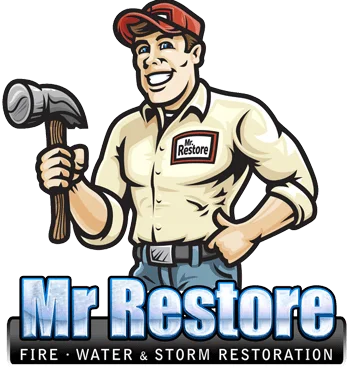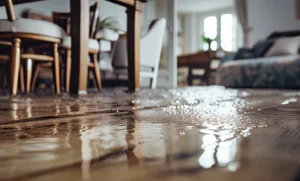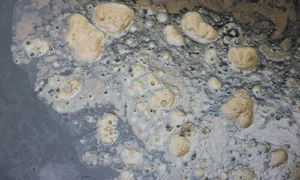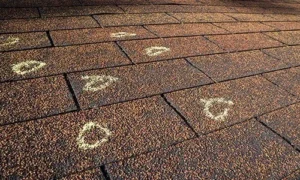Floods can leave behind more than just standing water—they bring contaminated debris, structural damage, and long-term risks like mold growth. Whether it’s a minor leak or a flood damaged basement, restoring your home requires professional expertise and a systematic approach. Understanding what to expect during flood damage cleanup services can help you navigate the process with confidence and ensure your property is restored effectively.
Step 1: Initial Assessment and Inspection
Before cleanup begins, professionals conduct a thorough inspection of your property to assess the extent of the damage. This step is crucial for creating a tailored cleanup and restoration plan.
What Homeowners Can Expect:
- Visual and Tool-Assisted Inspection: Experts use tools like moisture meters and thermal imaging cameras to identify hidden water pockets.
- Contamination Assessment: Floodwater often contains sewage, chemicals, and debris. Technicians classify the water damage to determine the level of contamination.
- Detailed Damage Report: You’ll receive a summary of the affected areas, required cleanup methods, and estimated timelines.
Step 2: Water Extraction
Standing water must be removed quickly to prevent further damage. Professionals use industrial-grade equipment to extract water from floors, carpets, and hidden spaces like basements.
Key Aspects of Water Removal:
- High-Volume Pumps: These machines handle large quantities of water, especially in severely flooded areas like basements.
- Specialized Tools: For hard-to-reach areas, submersible pumps and wet vacuums ensure no water is left behind.
- Focus on Speed: The faster water is removed, the lower the risk of mold growth and structural weakening.
Step 3: Drying and Dehumidification
Water extraction is just the beginning. Even after visible water is gone, moisture remains trapped in walls, floors, and insulation. Drying these areas thoroughly is essential to prevent long-term issues.
How the Process Works:
- Air Movers: High-powered fans circulate air to accelerate evaporation.
- Dehumidifiers: These devices remove moisture from the air, preventing recondensation on surfaces.
- Continuous Monitoring: Professionals use moisture meters to track drying progress and adjust equipment as needed.
Step 4: Cleaning and Sanitization
Floodwater often carries harmful bacteria, chemicals, and debris. Thorough cleaning and sanitization are critical for restoring a safe living environment.
What to Expect:
- Surface Cleaning: Non-porous materials like tiles and countertops are scrubbed and disinfected.
- Antimicrobial Treatments: These solutions are applied to prevent mold growth on walls, floors, and furniture.
- Debris Removal: Contaminated materials, such as carpets or drywall, are safely removed and disposed of according to safety regulations.
Step 5: Mold Prevention
Flood damage increases the risk of mold, which can start developing within 24-48 hours. Professionals take proactive steps to prevent mold infestations during cleanup.
Mold Prevention Techniques:
- Inspection and Removal: Any materials showing signs of mold are removed immediately.
- Air Quality Control: HEPA air scrubbers filter mold spores from the air during cleanup.
- Preventative Treatments: Antimicrobial sprays and coatings are applied to surfaces prone to moisture retention.
Step 6: Flood Damaged Basement Restoration
Basements are often the hardest-hit areas during a flood, and their restoration requires special attention.
What the Process Involves:
- Pump-Out Services: Large volumes of water are extracted using industrial pumps.
- Structural Checks: Technicians inspect walls and foundations for cracks or water pressure damage.
- Drying and Dehumidification: Equipment is strategically placed to ensure the basement is dried thoroughly.
- Reconstruction: If necessary, damaged drywall, insulation, or flooring is replaced to restore the basement to its original condition.
Step 7: Repairs and Restoration
Once the cleanup is complete, the final phase involves repairing and restoring damaged areas. This step ensures your home is safe, functional, and aesthetically pleasing.
Common Repairs Include:
- Drywall Replacement: Water-damaged walls are replaced and repainted.
- Flooring Repairs: Warped or stained flooring is repaired or replaced.
- Electrical System Checks: Flooding can compromise wiring, which must be inspected and repaired by professionals.
- Furniture and Appliance Restoration: If salvageable, these items are cleaned, dried, and repaired.
How Homeowners Should Prepare
While professionals handle the heavy lifting, there are steps you can take to streamline the process:
- Document the Damage: Take photos and videos of all affected areas for insurance purposes.
- Remove Valuables: Move undamaged items to a safe, dry location.
- Stay Clear of Contaminated Areas: Avoid contact with floodwater and debris until professionals arrive.
- Communicate Clearly: Share any concerns or specific restoration needs with the cleanup team.
Choosing the Right Flood Damage Cleanup Services
When selecting a restoration company, look for these key qualities:
- Rapid Response: Time is critical in flood damage restoration, so choose a team that offers 24/7 emergency services.
- Certified Technicians: Certifications like IICRC ensure that the team follows industry best practices.
- Comprehensive Services: From cleanup to repairs, the company should handle every step of the process.
- Positive Reviews: Look for testimonials from previous clients to gauge reliability and quality.
Long-Term Benefits of Professional Cleanup
Investing in professional flood damage cleanup ensures more than just immediate relief:
- Improved Indoor Air Quality: Proper drying and sanitization eliminate bacteria, mold, and allergens.
- Preserved Property Value: Thorough restoration protects your home from long-term structural issues.
- Peace of Mind: Knowing your home has been restored by experts provides reassurance after a stressful event.
Final Thoughts: What to Expect and Why It Matters
Flood damage can feel overwhelming, but understanding the cleanup process can help you regain control. With professional flood damage cleanup services, you can expect a structured approach that addresses everything from water removal to flood damaged basement restoration.
By trusting skilled professionals to handle the restoration, you ensure your home is safe, clean, and fully restored—ready for the next chapter of your life.






